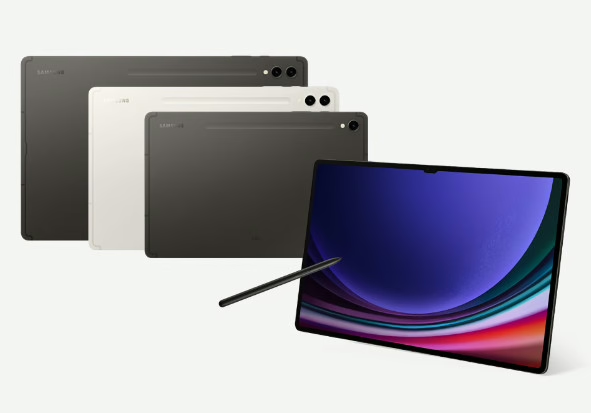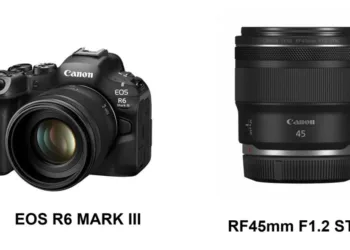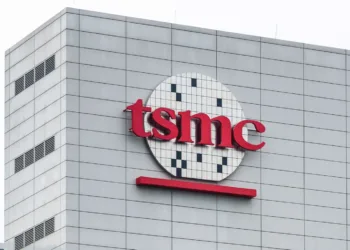The biggest deviation from the status quo that we can likely expect comes in the form of Samsung selecting MediaTek’s Dimensity 9300+ chipset over Qualcomm’s Snapdragon 8 Gen 3 for the Galaxy Tab S10 Plus.
For Samsung, this is part of an elaborate move it hasn’t done before by integrating a MediaTek SoC into its expensive-saving tablet list. The move is being attributed to the ‘butterfly effect’ of increased Qualcomm chipset prices, as per recent reports that have said Qualcomm hikes are linked to a reason why Samsung may be switching strategies.

Galaxy Tab S10 Plus Shifts to Dimensity 9300+
Originally, reports said that Qualcomm’s Snapdragon 8 Gen 3 SOC cost $200, which could have made it not an ideal choice for the Galaxy Tab S10 Plus. As per the latest intel from Chosun, Samsung turned its ears toward MediaTek Dimensity 9300+ rather than its own Exynos 2400 when making this change, all because Qualcomm is jacking up its prices.
One industry insider, who was not named, said that MediaTek made a better offer to Samsung this time, and the Dimensity 9300+ sounds like the logical choice, thanks to its competitive performance and efficiency on TSMC’s 4nm process.

Advanced features that the Dimensity 9300+ offers include LPDDR5T RAM support and on-device AI processing capabilities, with up to 33 billion parameters that are impressive in size. In doing so, the company apparently managed to edge out Qualcomm in terms of smartphone chipset shipments during Q1 2024 due to the company’s strategy of delivering its products at more affordable price points. In other words, MediaTek is able to secure the partnership of big industry players like Samsung by offering feature-packed chipsets such as the Dimensity 9300+, which helps the manufacturer expand its portfolio.

In the future, it could probably feature MediaTek’s Dimensity 9400 chipset in Galaxy Tab S11 variants if Qualcomm’s forthcoming Snapdragon 8 Gen 4 is too costly for Samsung. This shows Samsung’s strategy to migrate MediaTek’s better-performing processors to its top-tier tablets on a cost structure relative to performance and tech for what is a grueling semiconductor market.








